Threats to Natural Character
Natural character can be lost through the incremental impacts of subdivision, use and development. Most development will impact on natural character to some degree because it introduces additional structures and activities into a natural environment.
Activities and developments which can significantly impact on natural character include:
(1) Subdivision and associated urban development
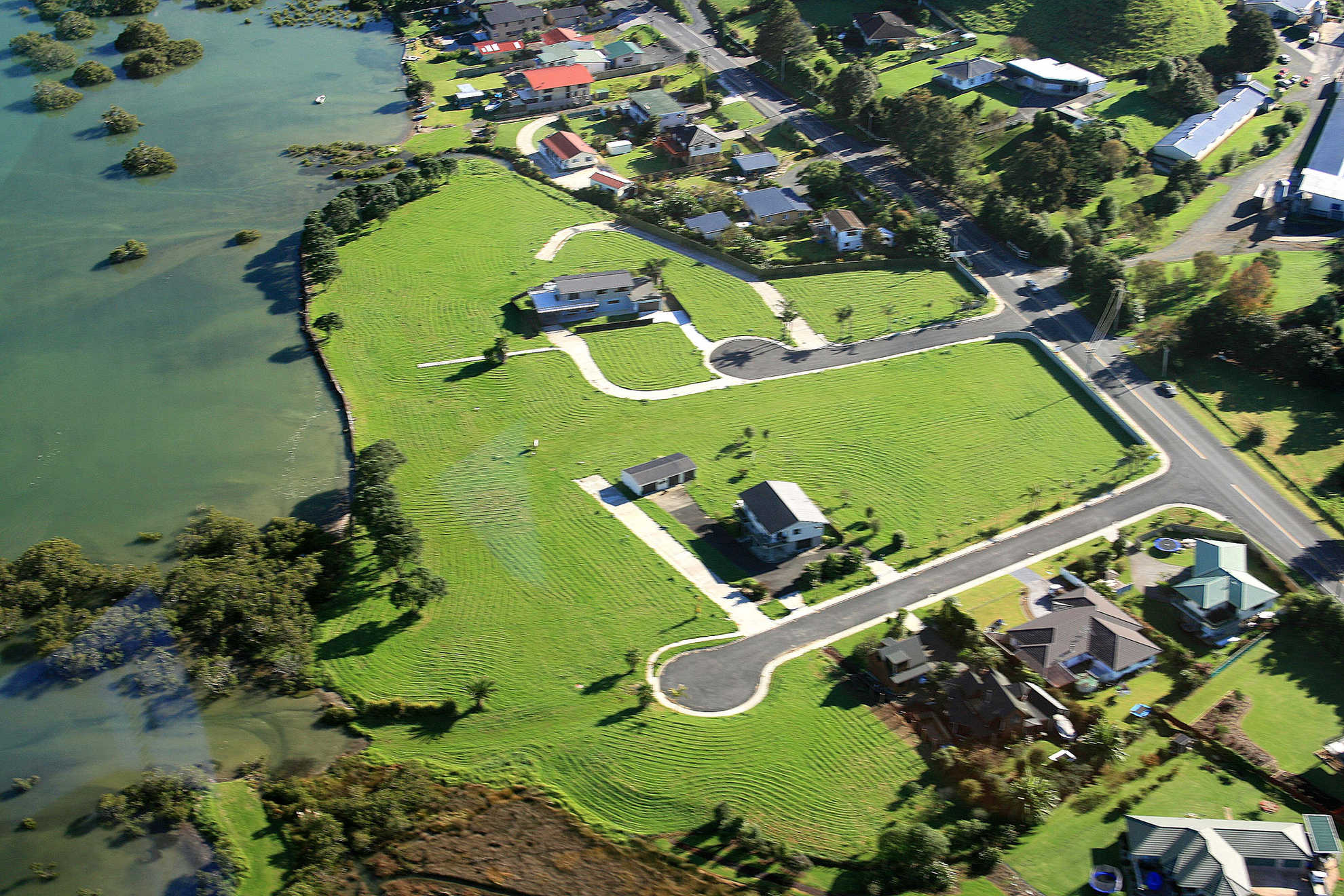
(2) Infrastructure, such as causeways, roads, pylons, waste water treatment plants, outfalls, wharves, jetties, marinas, seawalls and reclamations
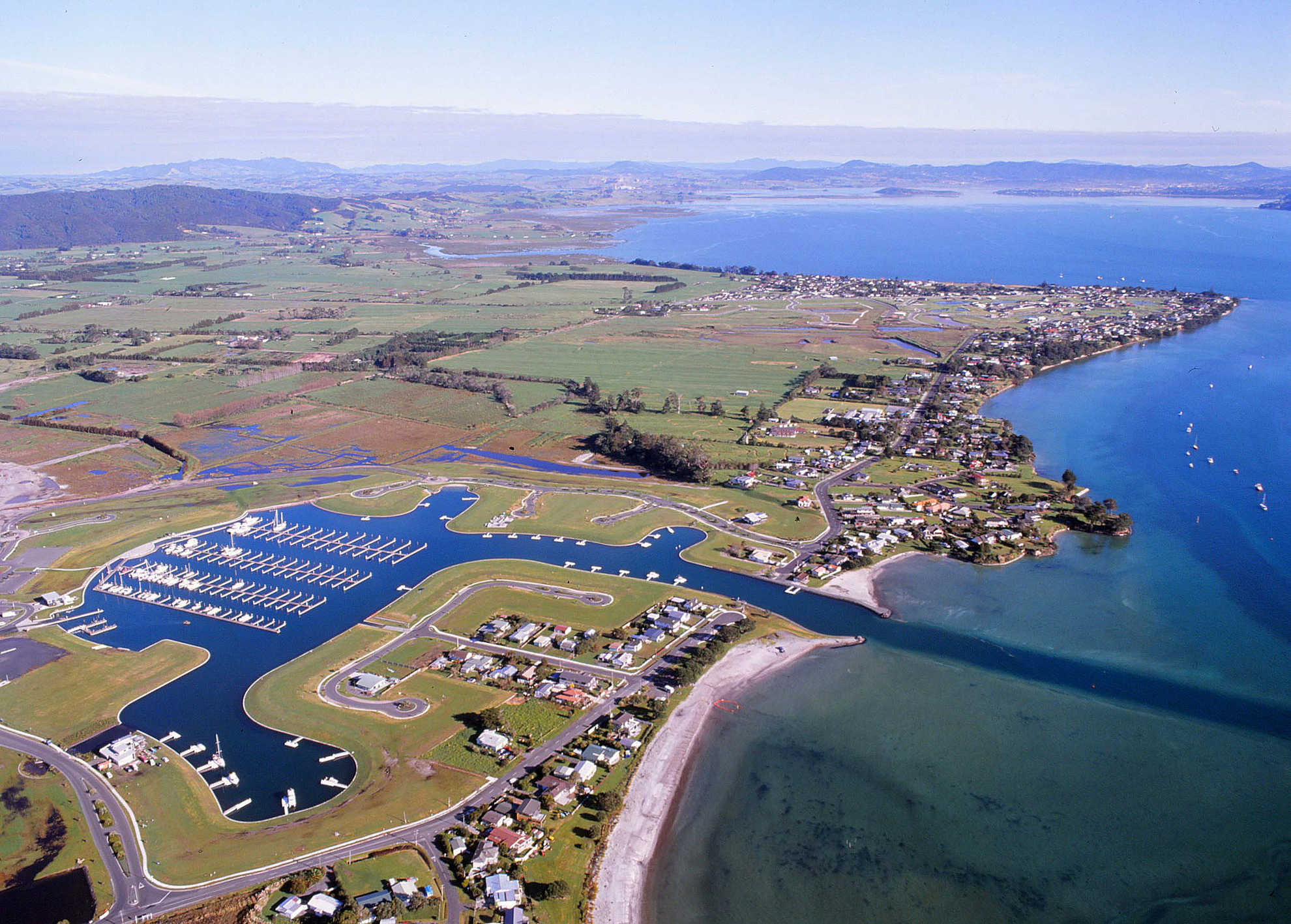
(4) Rural production activities such as farming and forestry
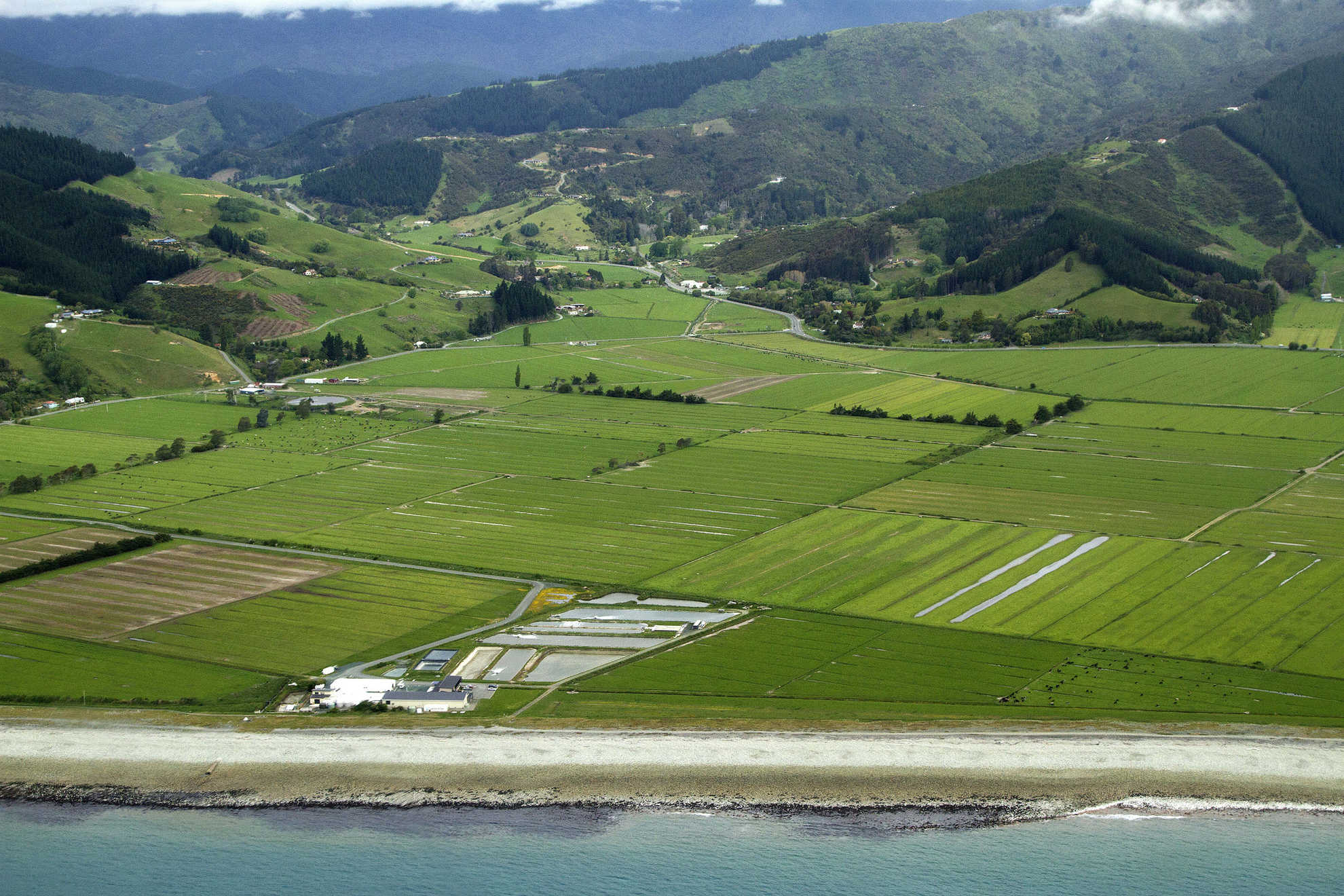
(5) Marine activities such as dredging, dredge disposal and aquaculture
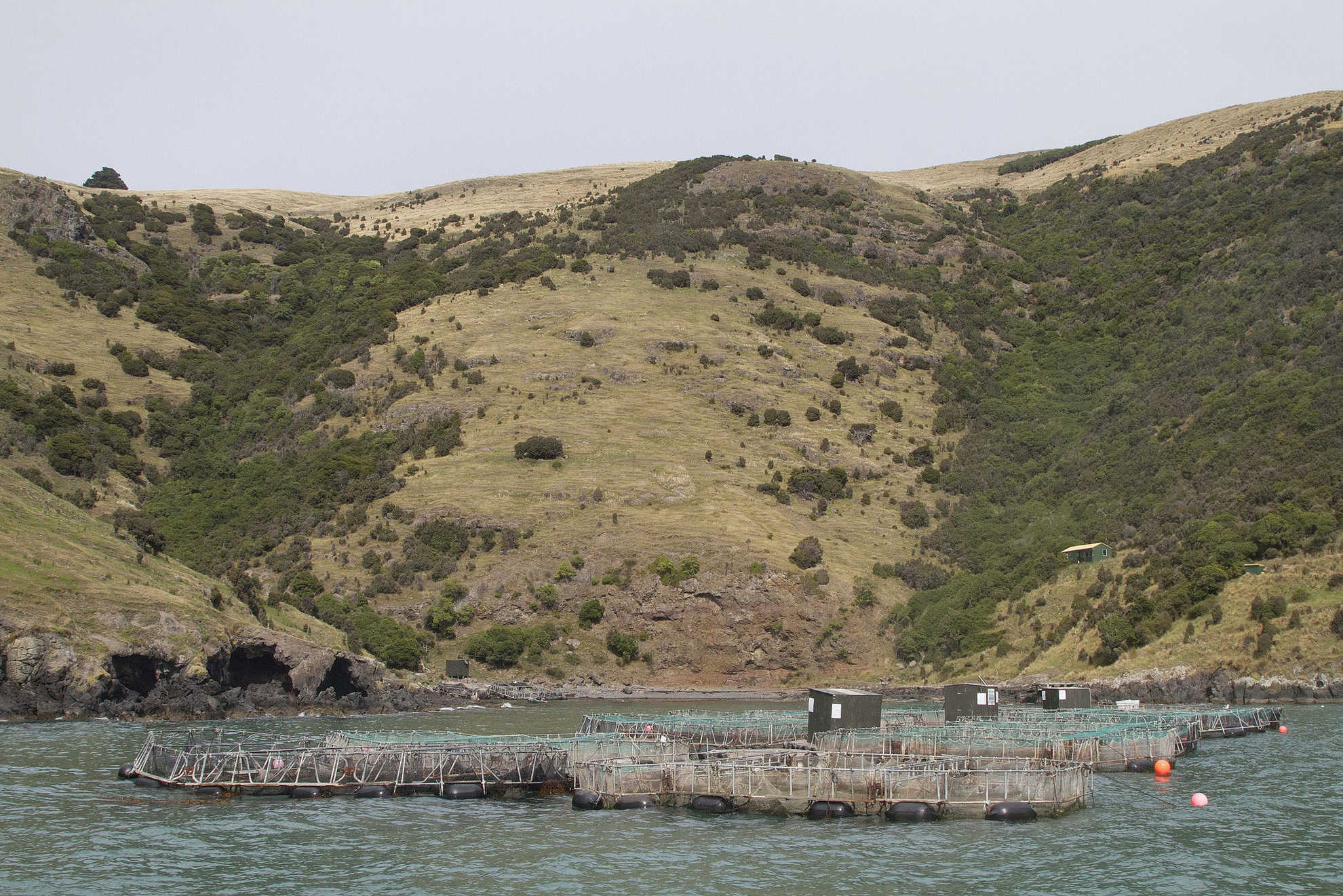
(6) Aggregate and mineral extraction
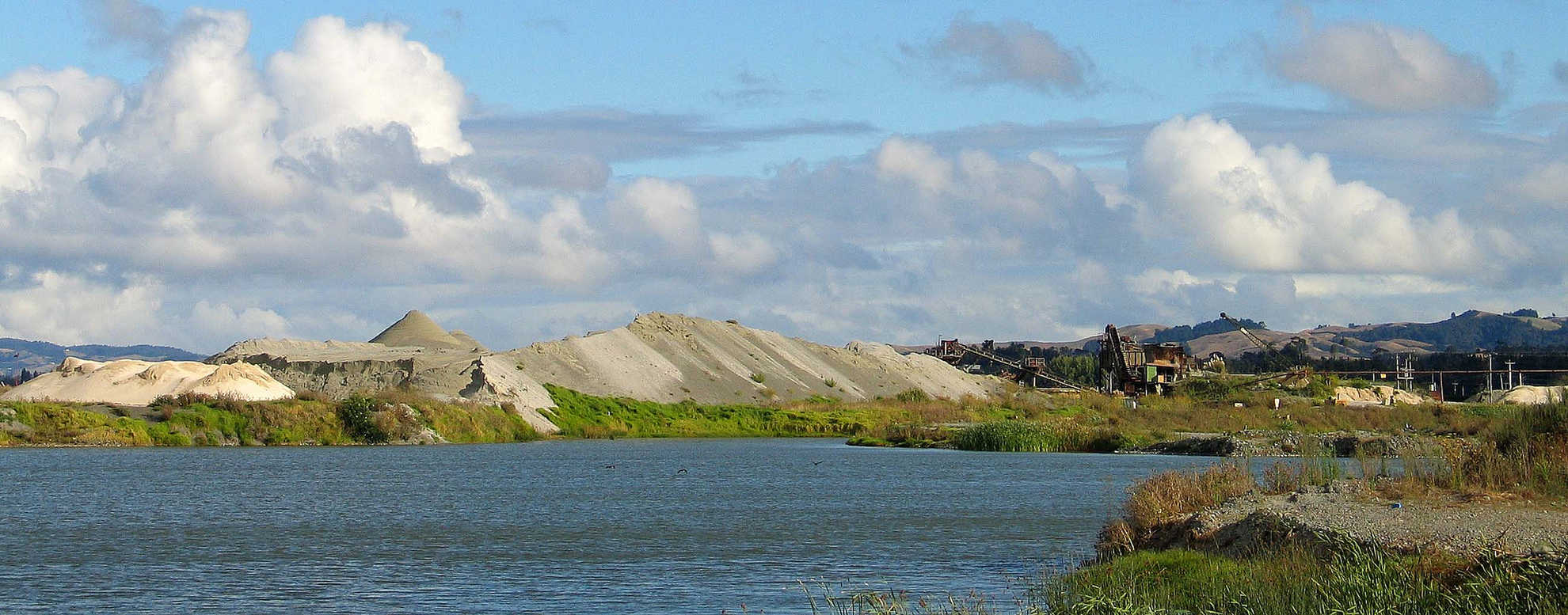
Use and development impacts on natural character in a number of ways including:
- Placing intrusive and visually dominant human-made structures within the landscape
- Changing natural landforms through earthworks
- Clearing indigenous vegetation
- Destroying or degrading indigenous habitats such as reefs, estuaries, wetlands, dunes and riparian margins
- Disrupting natural drainage patterns
- Disrupting natural coastal processes through activities such as beach replenishment, reclamations and coastal structures
- Increasing sediment, nutrients and other contaminants which drain into the marine area
- Decreasing sediment transport in the marine area
- Disrupting natural patterns and creating hard edges and geometric patterns through inappropriate landscaping and using species which are not naturally from the local area
Residential development can degrade natural character by placing large buildings and structures within a natural setting. Often these are accompanied by earthworks and cuttings to create a building platform and to construct access roads and driveways. The new roofs and paved areas can increase contaminated stormwater runoff into waterways, and ultimately the marine area. If constructed close to the coastal edge, the buildings and associated infrastructure can directly obstruct physical coastal processes. Some houses on islands or in remoter areas are associated with the provision of moorings and jetties. Although one building may only have a relatively small impact on its own, if sensitively located and designed, additional buildings can incrementally and cumulatively generate significant degradation of natural character. These developments can also increase weed and pest issues and introduce increased numbers of cats and dogs to a locality.
Poor land management practices (such as ineffective weed and pest control, failure to exclude stock from natural waterways and coastal margins, over-stocking and under-grazing of indigenous vegetation) can also have a significant impact on natural character by causing soil degradation, erosion and slumping, weed infestation, destruction of natural habitats and the degradation of river and coastal margins and water quality.
More positively, development sometimes provides an opportunity for natural character to be increased through destocking, replanting and restoration initiatives as well as de-reclamation of redundant reclaimed land. Development which restores important natural elements such as indigenous vegetation, wetlands and dunes, and ultimately the ecological and hydrological processes associated with these, is more likely to be appropriate.
Last updated at 2:14PM on February 25, 2015